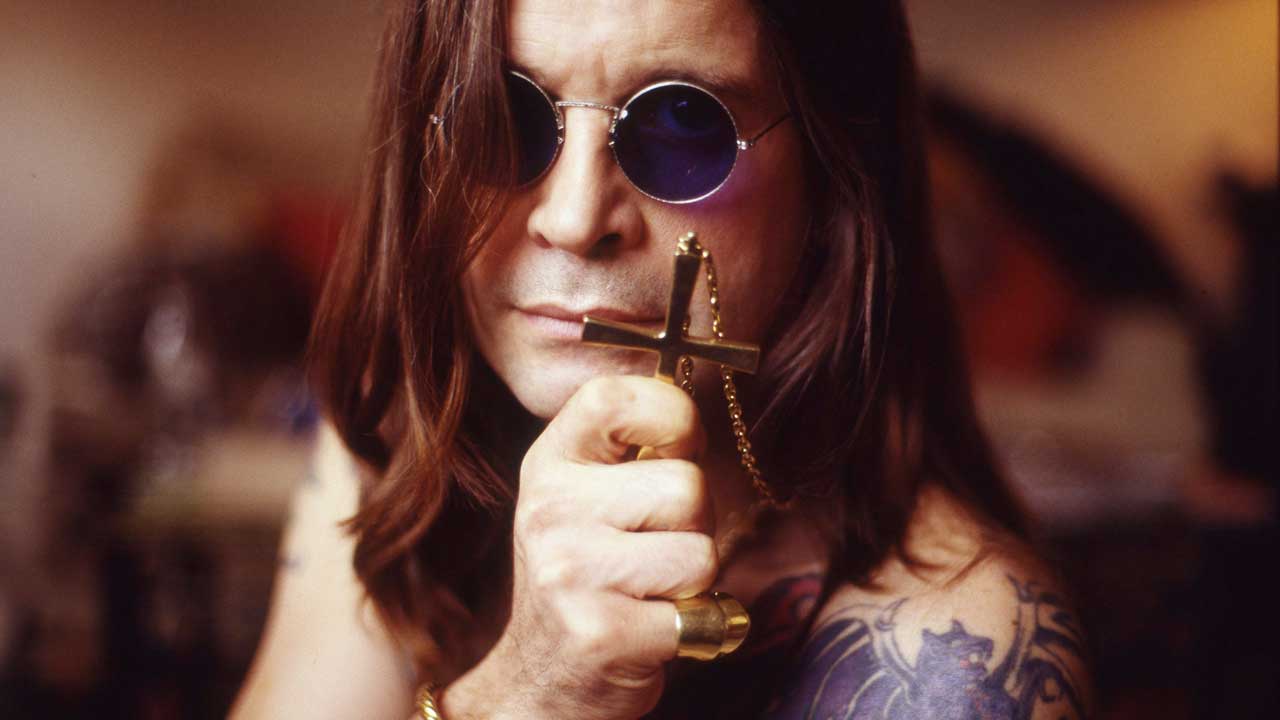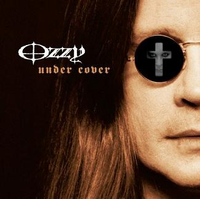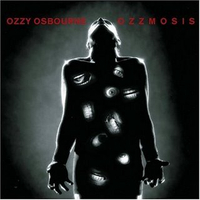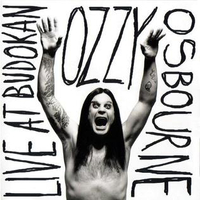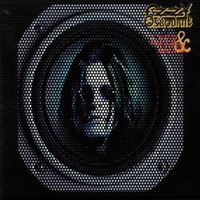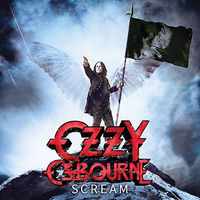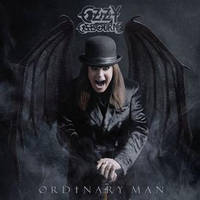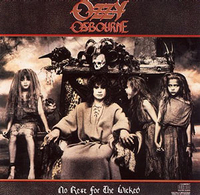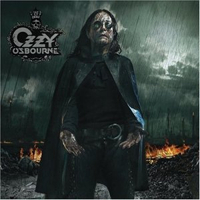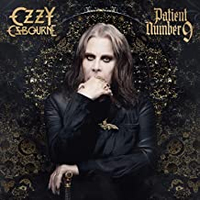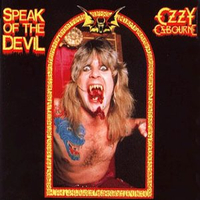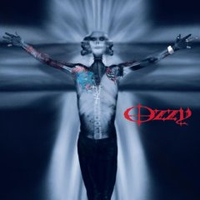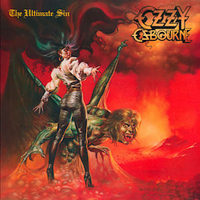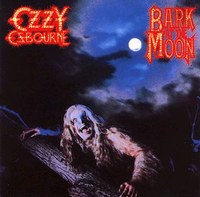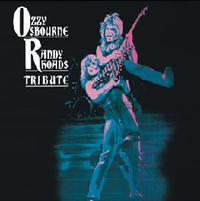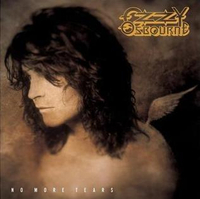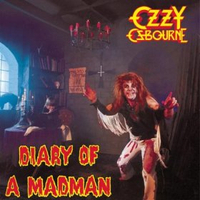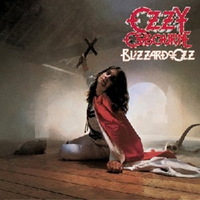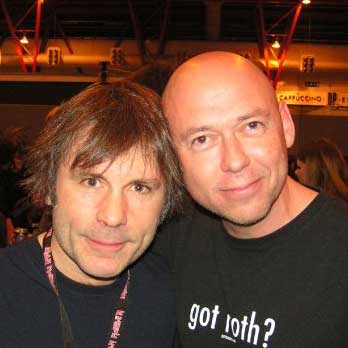Born John Michael Osbourne in Aston, Birmingham, on December 3, 1948, Ozzy Osbourne is the juvenile delinquent who became a self-proclaimed “working class hero”; the convicted burglar who ended up a multi-millionaire; the alcoholic and drug addict who survived three decades of insane debauchery; the fat drunk who got booted out of the world’s biggest bands and ended up an even bigger solo star; the basket case who tried to kill his wife and is still married to her; the bat-decapitating, ant-snorting madman of rock now widely adored as a national treasure. “I’ve been very lucky,” he says.
In 1979, it looked like Ozzy Osbourne’s career was finished. Fired by Black Sabbath, the band he fronted for ten years, the singer had just turned 30 and was on the scrapheap, hidden away in an LA hotel room for months on end, steadily pickling his brain with booze and drugs. Sharon Arden was Ozzy’s salvation: the manager who revived his career, the wife who supported him through good and bad.
At the turn of the 80s, with guitar prodigy Randy Rhoads at his side, Ozzy pulled off a miraculous comeback, only for the unthinkable to happen: during a US tour in March 1982, Rhoads was killed in a plane crash. In the wake of this tragedy,
Ozzy suffered depression and struggled to find the right replacement for Rhoads, but his popularity never wavered. And in 1988 he found a kindred spirit in Zakk Wylde, who joined Ozzy’s band aged 21 and has remained ever since – as well as running his own band Black Label Society.
Recently, Ozzy explained that the reality TV show The Osbournes had produced an unexpected side effect: “Old ladies recognise me and say: ‘What do you actually do?’ Yet this was not an entirely new phenomenon. In all those wasted years, Ozzy’s headline-making antics often tended to overshadow his music.
Ultimately, it’s the eight Black Sabbath albums Ozzy made – the first six especially – that secured his reputation as one of rock’s greatest frontmen. But in the ensuing years, he has built another impressive body of work, including an almost unexpected late career hot streak with Ordinary Man and Patient Number 9, the latter going Top 3 on both sides of the Atlantic.
“I am,” he admits, “fucking nuts.” We wouldn’t have him any other way.

